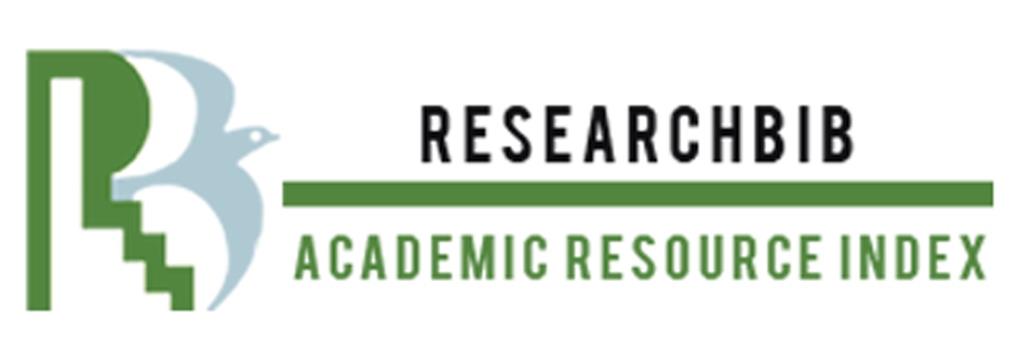SEMANTIC FEATURES AND THEIR DEVELOPMENTAL TENDENCY.
Keywords:
meaning-holding components, lexical relation , semantic feature, explicit word meaningAbstract
This article is devoted to semantic features and their developmental tendency and knowledge through language versus knowledge through perception and language as a means of abstraction. So far it is described some of the surprising richness of language as a guide to semantic knowledge. Linguistic input is surprisingly informative about space, time, relational knowledge, and conveys a surprising amount of what people ordinarily think of as basic perceptual information. The ability to derive—from ungrounded strings of symbols alone—that goldfish are pet fish and that breakfasts come before dinners is, of course, only possible because language is produced by people with grounded experiences and there are limits to perceptual knowledge that language tends to encode. Indeed, it may be the most evident perceptual facts may be missing from the language signal precisely because they are perceptually evident. Understanding these limits is an important future direction.
References
Allan, K. 1986. Linguistic meaning. London: Routledge & Kegan Paul
Aitchison, Jane. 2003. Linguistics. London: Hodder & Stoughton, Ltd.
Crystal, David. 1987. The Cambridge Encyclopedia of Language. Cambridge: Cambridge University Press.
Cruse, Alan D. 2000. Meaning in Language. An Introduction to Semantics and Pragmatics. Oxford: Oxford University Press.
Finegan, Edward. 2004. Language. Its Structure and Use. 4th ed. United States of America: Thomson Wadsworth.














